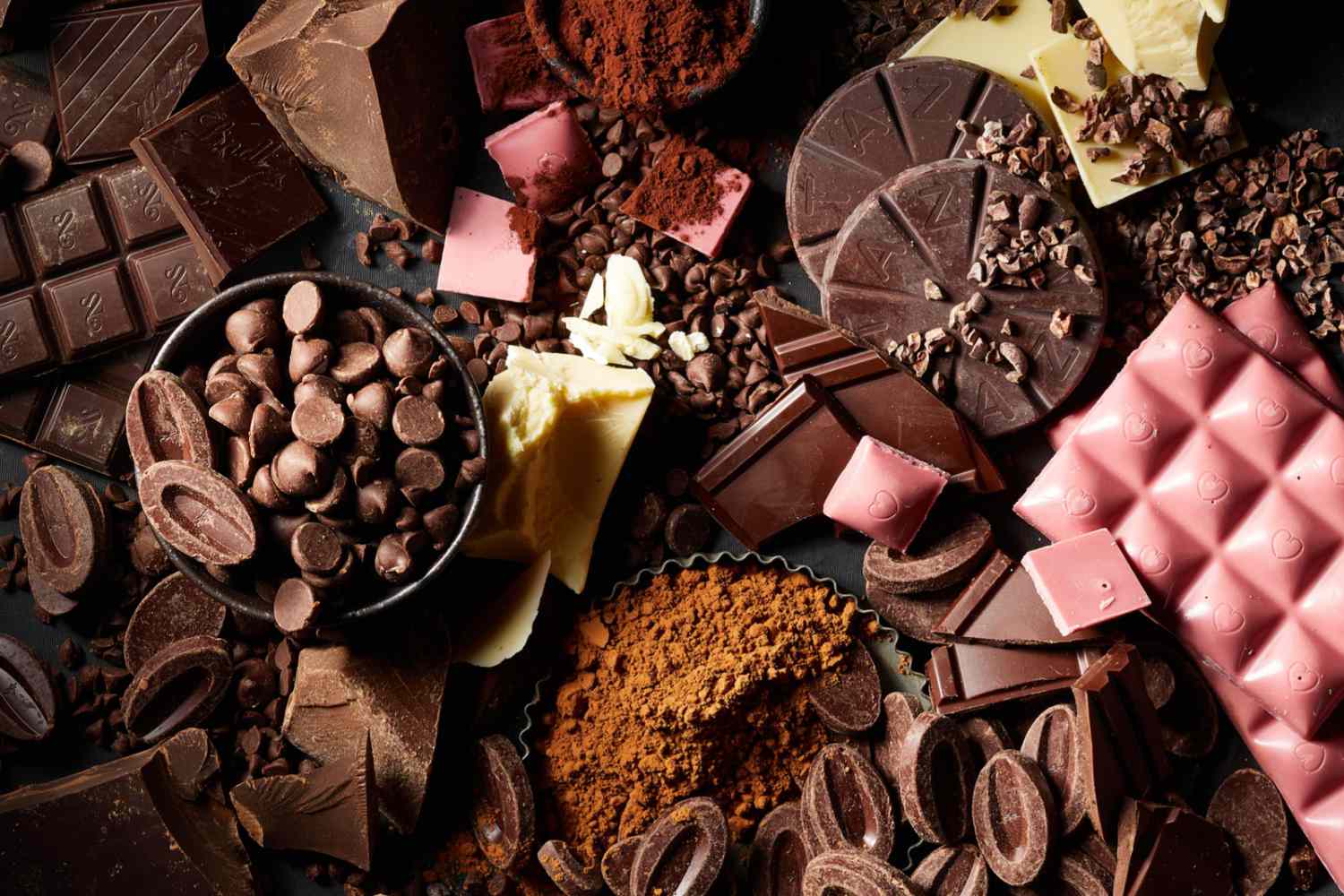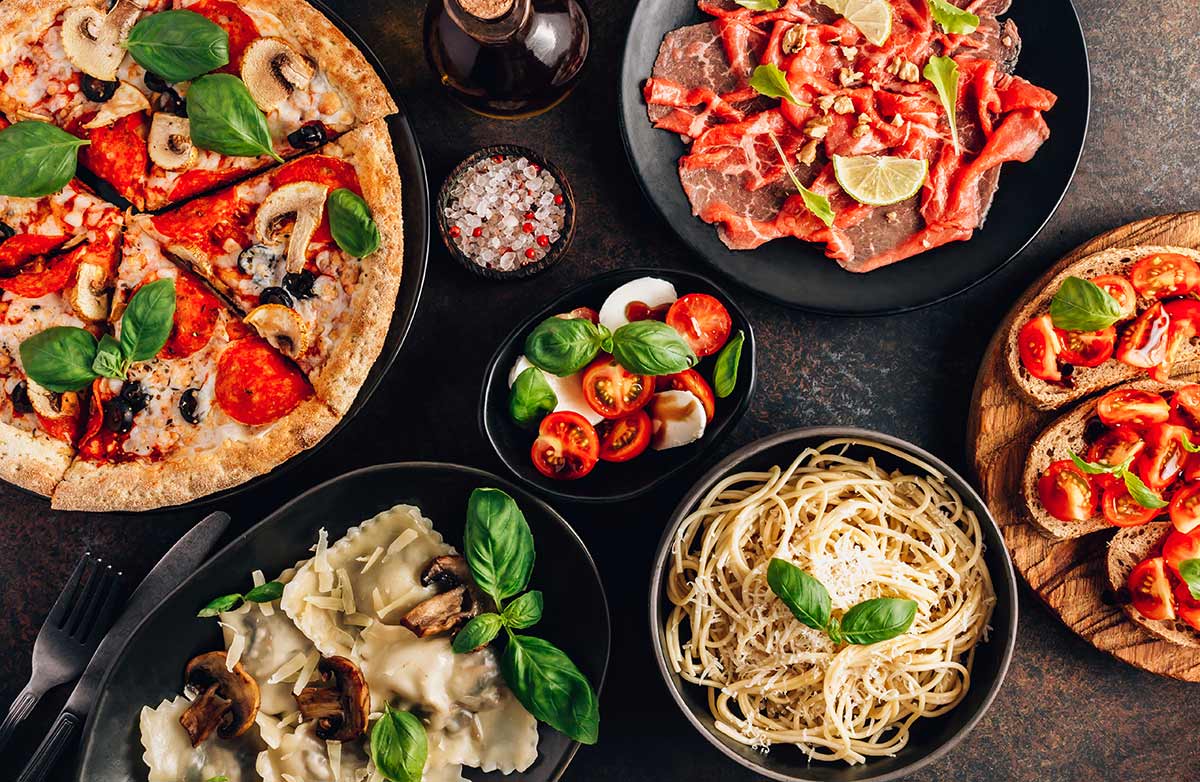The strangest food habits around the world
10 strange dishes that people actually enjoy
Food is a fundamental part of every culture, and dishes vary greatly from place to place. While some foods may be familiar and delicious to some, they might seem strange and unfamiliar to others. Here is a tour of some of the most unusual dishes and foods from around the world:
01_ Hákarl, Iceland


Hákarl is a traditional Icelandic dish made from fermented shark that is hung to dry for 4 to 5 months. It contains a high amount of ammonia and has a unique, indescribable taste.
How to Make Hákarl
The traditional method begins by cutting off the shark’s head and gutting it. The cleaned cavity is then placed in a shallow pit dug in gravelly sand, with the cleaned cavity resting on a small mound of sand. The shark is then covered with sand and gravel, and stones are placed on top of the sand to press down on the shark, allowing liquids to drain from the body. The shark ferments in this way for 6 to 12 weeks, depending on the season.


After the fermentation period, the shark is cut into strips and hung to dry for several months. this period, a brown crust forms, which is removed before the shark is served. It is then cut into small pieces, often served in cubes with toothpicks.
02_ Ballut, philippines

Balut is a popular and well-known food in the Philippines and other Southeast Asian countries. It is a duck egg that has been incubated for about two weeks before being boiled and eaten. The egg is then cracked open to reveal a partially developed duck embryo inside. The embryo can range from slightly undeveloped to almost fully developed.


How to Make Balut

Making balut requires some patience and a bit of skill. First, you will need to buy duck eggs from a grocery store or local market. You need to ensure the eggs are still fresh; if the eggs are too old, they won’t hatch properly. Once you have the eggs, place them in an incubator at 37 degrees Celsius (99 degrees Fahrenheit) for about two weeks until they hatch into duck embryos. Finally, when they are ready, take them out of the incubator and boil them for about 15 minutes before serving them hot with your favorite dipping sauce!
03_ Casu Marzu Cheese or Rotten Cheese, itali

Casu Marzu cheese, produced on the Italian island of Sardinia, is considered one of the most dangerous cheeses in the world, having been recorded as such in the Guinness World Records. The cheese contains live insect larvae. The cheese fly, known as “Piophila casei,” lays its eggs in the cracks that form in the cheese. After the larvae hatch, they make their way through the cheese, digesting proteins and transforming the product into a soft and liquid consistency. Some locals use a specific device to mix the larvae with the cheese, giving Casu Marzu its distinctive, strong flavor, which can linger in the mouth for hours.


Some people believe this cheese can be dangerous to human health, as the larvae can cause micro-tears in the intestines. Although this cheese is commercially banned, Sardinians have been consuming it for centuries.
04_ Sannakji Dish – South Korea



Sannakji is considered one of the most expensive and dangerous foods in the world, with six people dying annually from choking on it. It consists of alive octopus tentacles that have just been cut and are still moving due to the nerve cells that enable them to contract even after being severed from the body. This makes diners susceptible to the tentacles sticking to the walls of their throats, causing them to choke and die in a very painful manner.
The large octopus is served alive, and its tentacles are cut at the table and then sprinkled with sesame oil.
Some people in South Korea prefer to eat small octopuses whole, carefully wrapping each one around chopsticks and chewing well. Connoisseurs claim that its taste is much better when it is alive.
05_ Escamoles, Mexican

One of the strangest Mexican dishes known in the world is a type of edible ant. These ants lay their eggs under a specific type of plant, and the eggs have a taste similar to nuts. This dish is also distinguished as one of the most expensive dishes in Mexico.


Escamoles are the larvae of the ant species Liometopum apiculatum, consumed in the land of the Aztecs since pre-Columbian times. Although it may seem like an unappealing dish, it is considered one of the most famous, best, and most expensive dishes in Mexico and is known as “Mexican caviar.” It is typically eaten fried with eggs and spices.
06_ Fugu – Japan

Fugu is a Japanese dish made from pufferfish, which contains lethal toxins. This dish is prepared by highly trained chefs to ensure the toxins are removed properly before serving. The fugu fish is considered one of the most dangerous fish due to the toxic substance it contains to protect itself from danger.
This fish, commonly eaten in Asian countries, especially Japan. It inflates itself and releases toxins when threatened.


How to Prepare Fugu
The most common way to prepare fugu is by slicing it into thin pieces, wrapping it in green onions, and dipping it in vinegar and soy sauce. Sometimes, the slices are so thin that they become translucent. Other popular dishes include fried fugu, hot fugu soup, fugu rice porridge, and hot sake with grilled fugu fins.
07_ Surströmming – Sweden

Surströmming is fermented herring, known as one of the smelliest foods in the world. The fish is preserved in tins and fermented for several months, resulting in a very pungent odor when opened.
Preparation Method


Small Baltic herring are caught in the spring, salted and left to ferment at leisure before being stuffed in a tin about a month before it hits the tables and shops. The fermentation process continues in the can – ‘souring’ as the Swedes refer to it – and results in a bulging tin of fermented herring. Or rotten fish, as some would say.
The aroma is pungent, and the taste is rounded yet piquant with a distinct acidity. The fermentation originates from a lactic acid enzyme in the fish’s spine.
08_ Tuna Eyeballs – Japan

Tuna eyeballs are a traditional Japanese delicacy consisting of the eyes of large tuna fish. They are cooked and served as appetizers and are considered nutritious, being rich in proteins and vitamins.
Tuna fish are highly valued and renowned in Japanese cuisine, to the extent that their eyes are separated and sold at a low price in fish markets.


The Japanese cook the tuna eyeballs, seasoning them with a bit of garlic, soy sauce, or lemon, and then eat them as a delicious snack. The taste is said to be similar to that of octopus. The eyeballs themselves are rather bland—most tasters liken them to squid, mussels, or or hard-boiled egg.
09_ Bush Tucker – Australia

Bush tucker refers to a variety of traditional foods consumed in Australia, including insects, reptiles, and various types of wild plants. This type of food is an important part of the indigenous culture.
what does it contain?


1. Traditional food from animals including kangaroo, emus, wild turkey, rock wallaby, possums, snakes and lizards and anteaters.
2. Food from plants including wild orange, wild passionfruit, wild fig, bush tomato, conkerberry, mistletoe, bush banana and bush coconut, quandongs, pencil yams, mulga apple, bush plums and sultanas.


3. Edible seeds including mulga seeds and wattle seeds.
4. Grubs and insects including witchetty grub, cicadas and caterpillars. Other grubs are found in various tree species such as river red gum, coolibah, ironwood and the prickly wattle.
5. Honey and nectars found in the honey ant, honey from the native bee, nectar from the flowers of the bloodwood and corkwood trees.
10_ Matured Cheese “Camembert”, France

In some rural areas of France, cheese is left to harden and develop mold, giving it a strong flavor and distinctive smell. This type of cheese is a traditional food often enjoyed with bread and wine.
It’s a type of soft, creamy French cheese made from cow’s milk, it was first produced in the Normandy region of France in the late 18th century. It is white to slightly yellow in color and is covered with a thin white rind of Penicillium mold, which is specific to this cheese. It is known for its strong aroma.


Preparation Method
The process of making Camembert cheese typically begins with heating the milk and coagulating it to form curds.
The curds are then cut and allowed to drain, after which they are placed into molds and pressed.
The cheese is then salted and left to mature.
During the maturation process, the cheese is placed in a cool, humid environment, usually between 14-16°C (57-61°F), where it is regularly turned and cleaned.
After about 2-3 weeks, a white moldy rind forms on the surface of the cheese, marking the beginning of the aging process.
The mold that develops on Camembert is Penicillium candidum, a type of fungus added to the cheese culture that helps develop its distinctive flavor, aroma, and texture.
As the cheese continues to mature, the rind thickens, and the cheese becomes softer and creamier.
The maturation process for Camembert usually takes about 4-6 weeks, depending on the desired level of ripeness.

Food habits around the world reflect cultural diversity and the innovation in utilizing available food resources. Some may seem strange or unappetizing to outsiders, but they are integral parts of the heritage and culture of the communities that practice them. Exploring these habits can be an exciting and enjoyable experience for adventurers and food enthusiasts.














Leave a comment